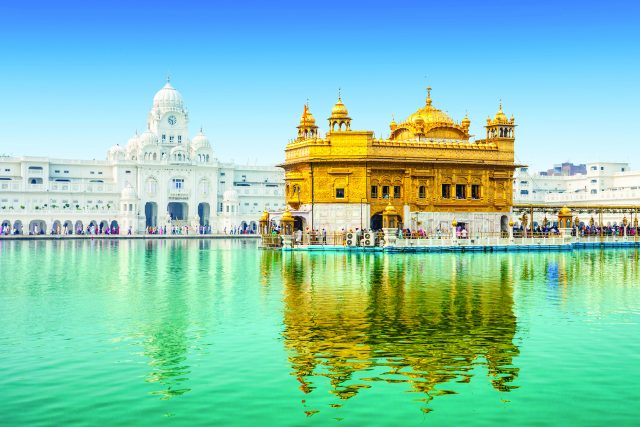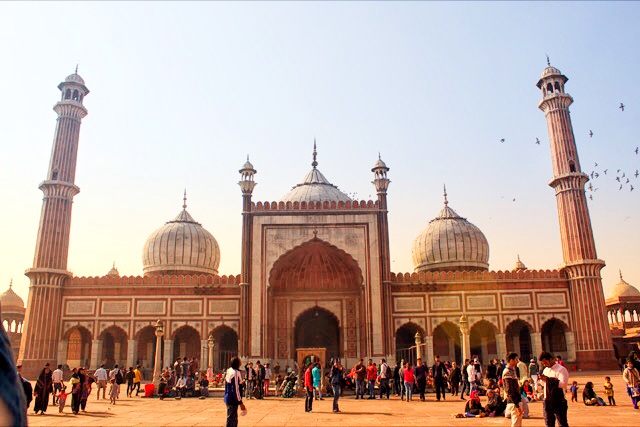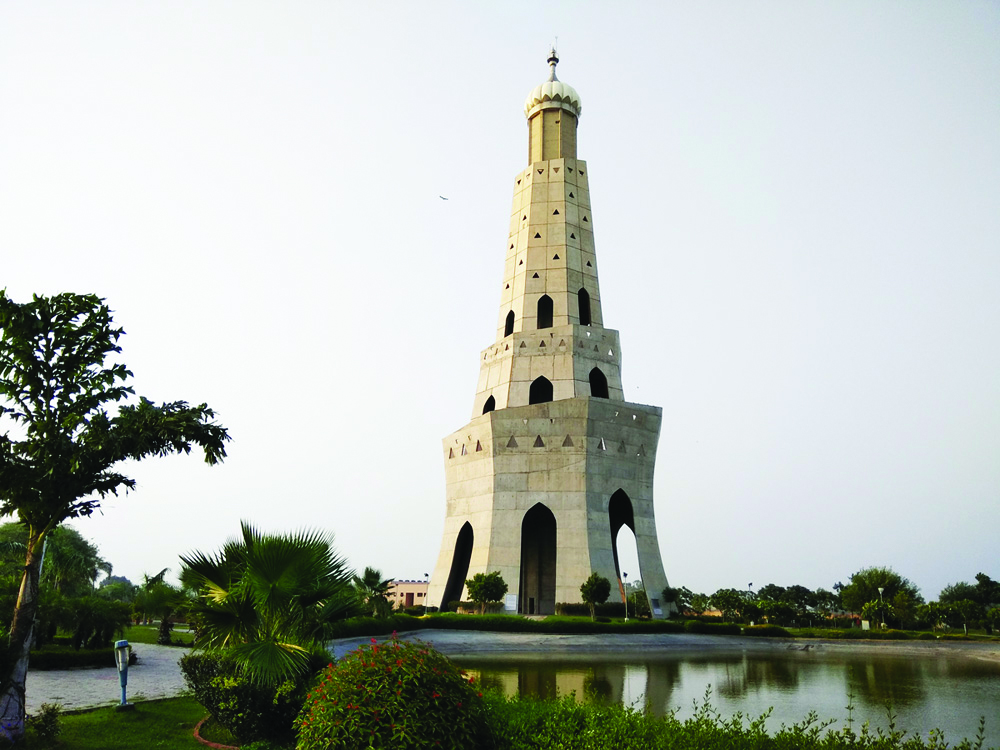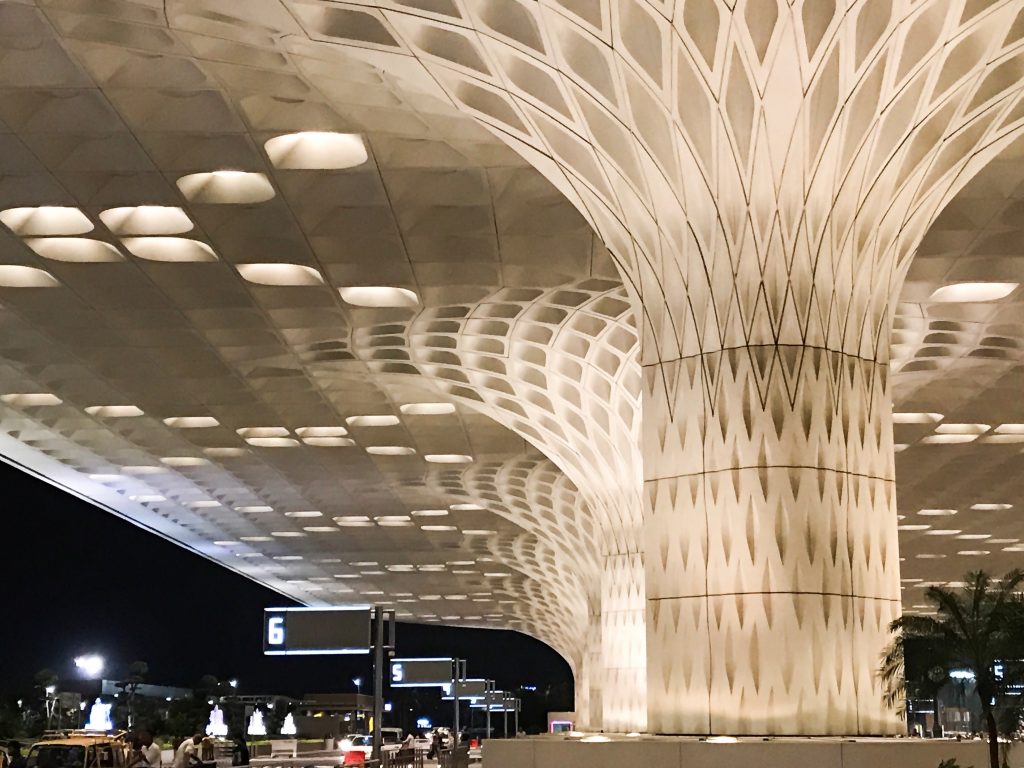By Deboshree Banerjee
As renowned American writer Mark Twain so eloquently said, “So far as I am able to judge, nothing has been left undone, either by man or nature, to make India the most extraordinary country that the sun visits on his rounds.” His words ring true as India, one of the oldest civilisations on the planet, is a land of architectural marvels with magnificent domes, minarets, intricate latticework and calligraphy dominating most breathtaking traditional structural designs.
Masala presents some of India’s most noteworthy architecture, perfect for art enthusiasts who want a peek into the nation’s rich history and cultural heritage.
Mughal Architecture
The Indian subcontinent has been home to many dynasties, but only a few have left lasting impressions like the Mughals. Their alluring architecture has a unique blend of Islamic, Turkish, Indian and Persian styles evident in magnificent mosques, mausoleums and gardens.
Taj Mahal
Recognised as a UNESCO World Heritage Site in 1983, this jewel of Mughal architecture, created entirely from white marble, is located in Agra, Uttar Pradesh. Ranked as one of the Seven Wonders of the World, Taj Mahal was built by Mughal Emperor Shah Jahan in memory of his beloved wife Noor Jahan.
Fun fact: Taj Mahal was constructed by a whopping 22,000 labourers, painters, stonecutters and embroidery artists. This architectural beauty took 22 years to complete!
Jama Masjid
Chandni Chowk houses the final architectural extravagance of Emperor Shah Jahan. Built to accommodate 25,000 worshippers in its massive courtyard, the intricately carved Jama Masjid is the largest mosque in India. Made with red sandstone and white marble, the mosque features three great gates, four towers and two 40-metre high minarets, making it an architectural gem that people look up to — literally and figuratively.
Fun fact: Ever wondered why it is called Jama? Well, Jama means ‘Friday’ since all Muslims are called for a special gathering prayer every Friday at noon in the mosque.
Dravidian Architecture
Constructed with sandstone, soapstone and granite, this beautiful architectural style emerged from South India, and primarily consists of temples and statues of deities, warriors and kings.
Meenakshi Amman Temple
Situated in the heart of Madurai, Tamil Nadu, the Meenakshi Amman Temple is the perfect example of exquisite craftsmanship. With its concentric squares, high-walled enclosures and approximately 33,000 sculptures, the stunning temple occupies around 45 acres, making it one of the largest temples in India.
Fun fact: Built to honour the Goddess Meenakshi, this temple is one of the few religious monuments in India devoted to a female deity.
Sikh Architecture
The Sikhs, having established a world-renowned style of religious architecture, have built some of the most stunning fortresses, palaces and shrines globally.
Golden Temple
Amritsar’s Golden Temple, also known as Harmandir Sahib, is the most popular Sikh shrine. With gold plated domes and intricate patterns engraved in marble, the exquisite craftsmanship by Sikh artists gives the glorious temple its glowing aura.
Fun fact: There are four entry gates to the temple, symbolising that God welcomes everyone.
Fateh Burj
Situated in the village of Chappar Chiri, Punjab, Fateh Burj is the tallest minaret in India with a giddying height of 328 feet. The historical monument, established to commemorate the victory of Sikh warriors against the Mughal army, is surrounded by beautifully constructed statues of Sikh warriors guarding the Fateh Burj from all sides.
Fun Fact: Fateh Burj also features Baba Banda Singh Bahadur War Memorial, another testimonial to the war that happened in early 18th century.
Contemporary Architecture
Contemporary architecture has a more pronounced style across the country, creating a new identity for India, as it bridges the gap between tradition and modernity.
Chhatrapati Shivaji International Airport
A perfect example of sustainable modern architecture is Mumbai’s Chhatrapati Shivaji International Airport. The terminal embodies the heritage of India with its peacock feather lighting design, while also incorporating modern trends with floor-to-ceilings windows, hand-blown chandeliers and warm lighting.
Fun Fact: This airport has the country’s largest collection of artefacts and works by Indian artists; the X-shaped terminal boasts a three-kilometre-long art walk.











